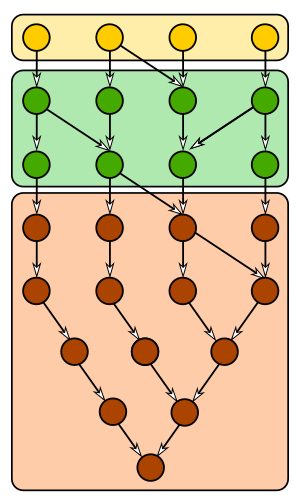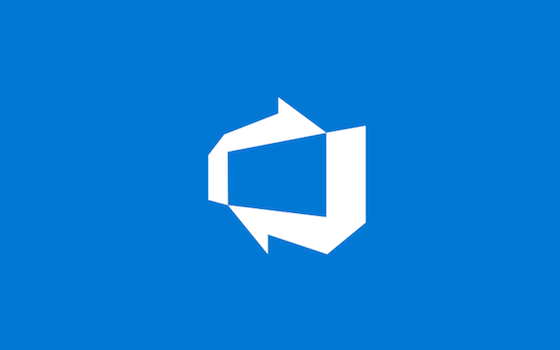Post by this author


Updates to the Git Commit Graph Feature

Exploring new frontiers for Git push performance

Supercharging the Git Commit Graph IV: Bloom Filters

Supercharging the Git Commit Graph III: Generations and Graph Algorithms

Supercharging the Git Commit Graph II: File Format

Supercharging the Git Commit Graph

How to Contribute to Git (on Windows)


 Light
Light Dark
Dark